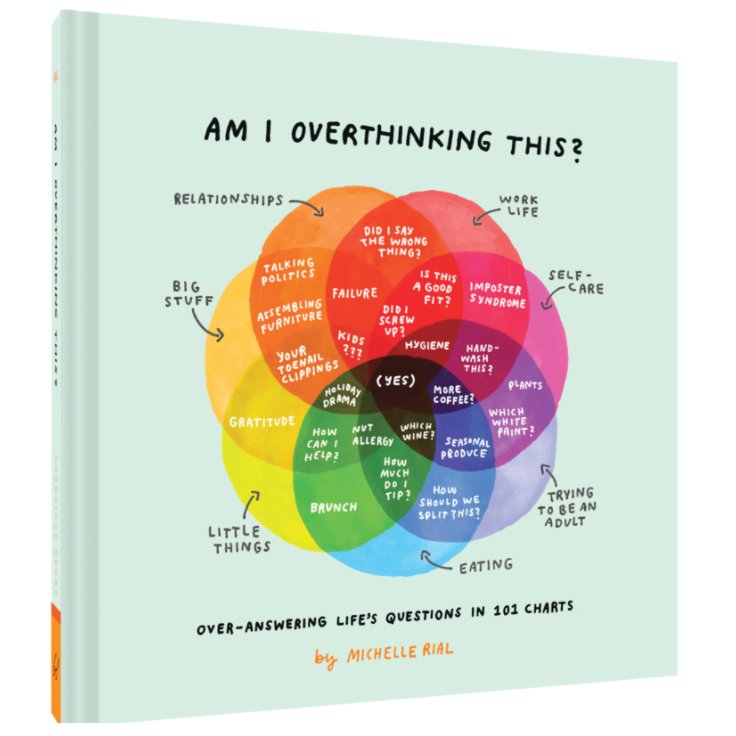'Am I overthinking this' ~ @TheRialMichelle
💫What an awesome quick picture #book with relatable quips. It’s about searching for answers for things that don’t change !
Perfect for a coffee table!
Sharing my favorite learnings!
Grab your ☕️or🍵 for an easy read...
🧵...(1/10)
💫What an awesome quick picture #book with relatable quips. It’s about searching for answers for things that don’t change !
Perfect for a coffee table!
Sharing my favorite learnings!
Grab your ☕️or🍵 for an easy read...
🧵...(1/10)

→Let us be grateful to the people & things that make us happy !
Always remember: "Be thankful for what you have; you'll end up having more" 💯
Always remember: "Be thankful for what you have; you'll end up having more" 💯

• • •
Missing some Tweet in this thread? You can try to
force a refresh

















